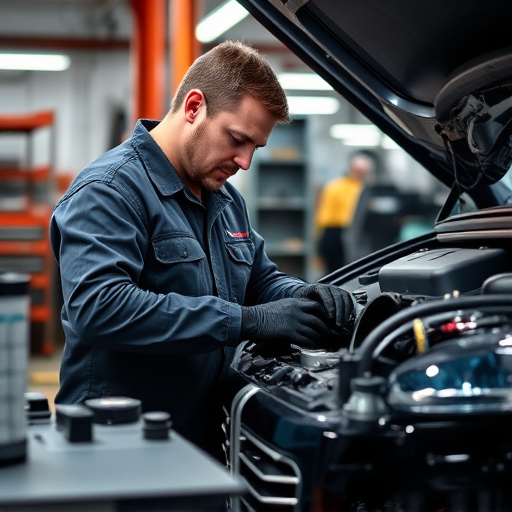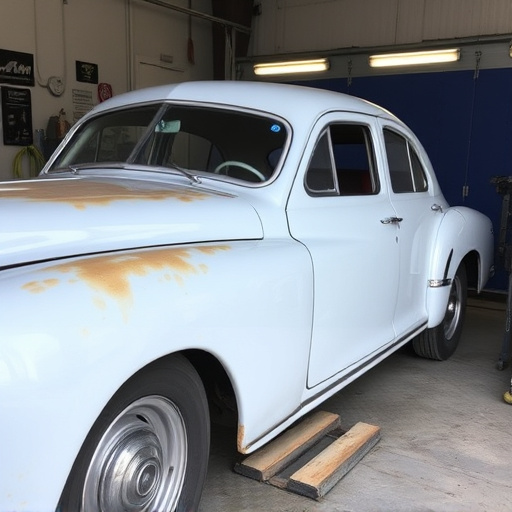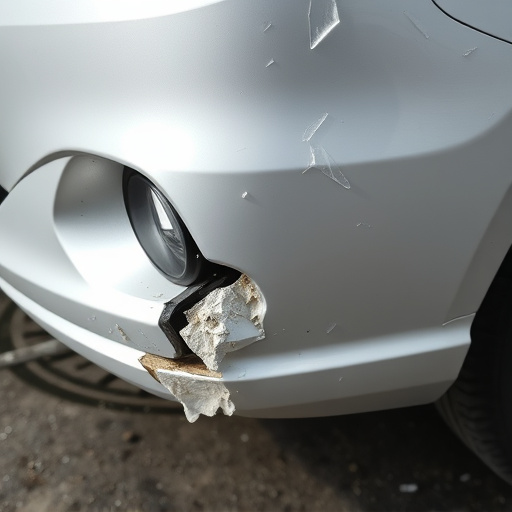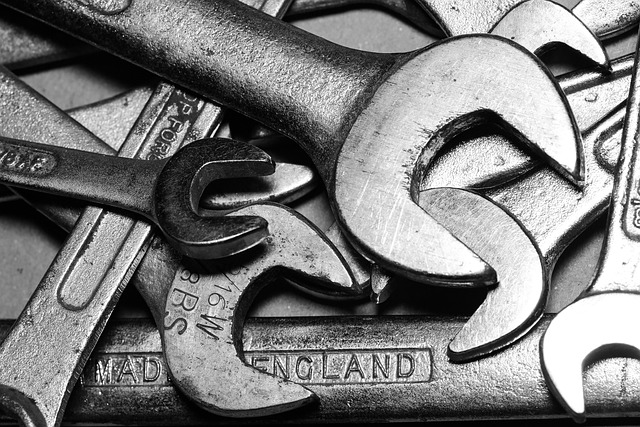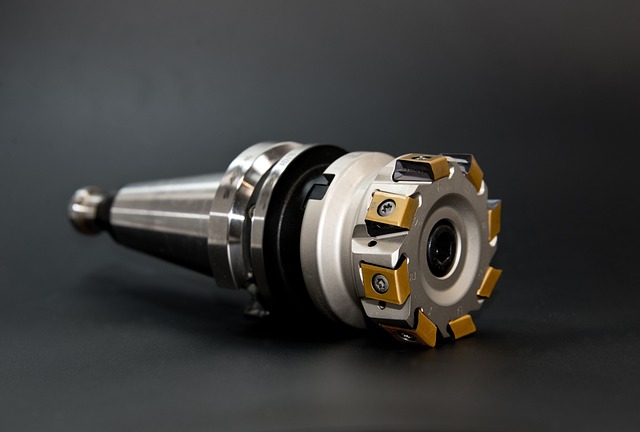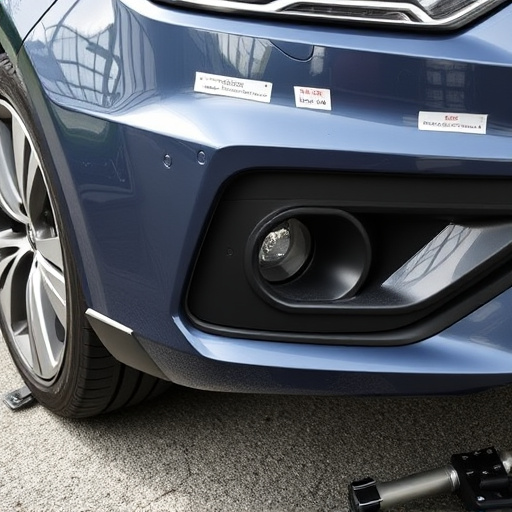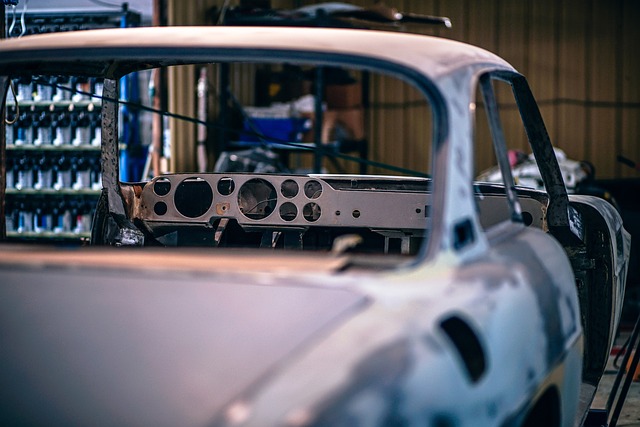In a competitive automotive industry, customer repair education is vital for differentiation. Educational programs need to evolve with emerging technologies in high-tech repairs and focus on continuous learning for graduate success. A tailored curriculum, blending theory and practical skills, along with advanced simulations, enhances engagement and proficiency. Comprehensive evaluation strategies, including pre/post training assessments and feedback, measure performance improvements and customer satisfaction in dynamic fields like vehicle repair and dent removal.
In today’s digital age, complex and high-tech repairs are becoming increasingly common, demanding specialized customer repair education. This article explores strategies to meet these evolving needs. We delve into understanding customer expectations in intricate technical environments, designing tailored educational programs, and implementing evaluation methods to ensure success. By focusing on effective communication and comprehensive training, businesses can enhance customer satisfaction and build trust in their repair services. Discover how these approaches empower technicians and elevate the overall customer experience.
- Understanding Customer Needs in High-Tech Repairs
- Designing Effective Education Programs for Complex Issues
- Measuring Success: Evaluation Strategies for Customer Repair Education
Understanding Customer Needs in High-Tech Repairs
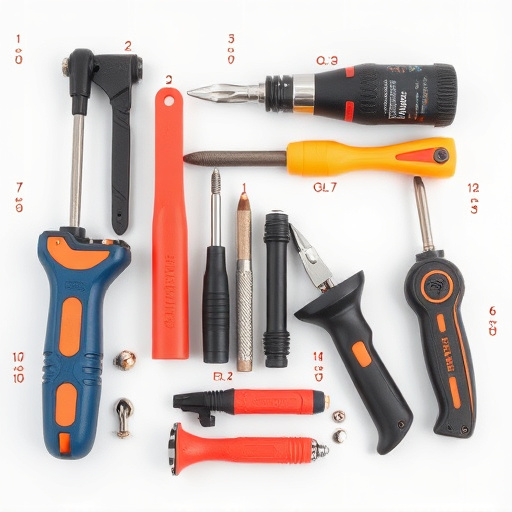
In the realm of high-tech repairs, understanding customer needs is paramount to effective customer repair education. Today’s consumers expect nothing short of exceptional service when it comes to their luxury vehicle repair or even car collision repair. They seek knowledgeable technicians who can not only fix complex issues but also explain the process in plain terms, ensuring transparency and building trust. This shift in consumer expectations demands that educational programs go beyond technical skills and emphasize strong communication and interpersonal abilities.
The dynamic nature of high-tech repairs, whether for luxury vehicle repair or vehicle restoration, requires educators to stay abreast of emerging trends and technologies. Incorporating these advancements into customer repair education ensures that technicians are equipped to handle a wide array of challenges. By fostering an environment where learning is continuous and customer satisfaction is the ultimate goal, educational institutions can prepare graduates to excel in this demanding yet rewarding field.
Designing Effective Education Programs for Complex Issues
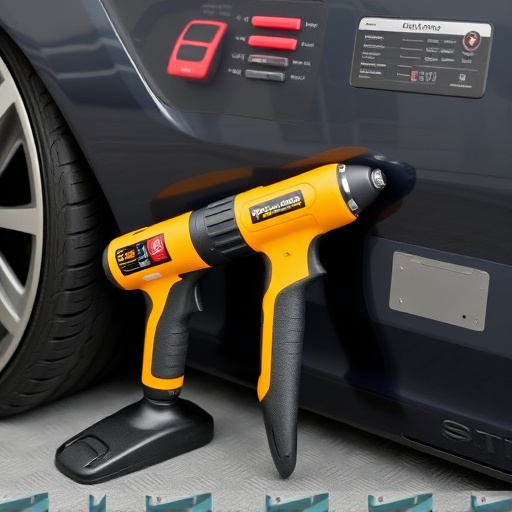
Effective education programs for complex issues like high-tech or specialized repairs require a tailored approach to meet customer needs and expectations. In the realm of customer repair education, especially for intricate processes such as autobody repairs or even precise fender repair techniques, instructional content must be comprehensive yet accessible. This includes breaking down complex procedures into manageable modules, utilizing visual aids like detailed diagrams and step-by-step videos, and incorporating interactive learning activities to ensure understanding.
Curriculum design should focus on both theoretical knowledge and practical skills application. Simulating real-world repair scenarios through hands-on training sessions for car body repair techniques allows technicians to gain confidence and proficiency. Additionally, leveraging technology like augmented reality (AR) or virtual reality (VR) simulations can offer immersive experiences, making learning more engaging and effective, ultimately enhancing customer satisfaction with the repair process itself.
Measuring Success: Evaluation Strategies for Customer Repair Education
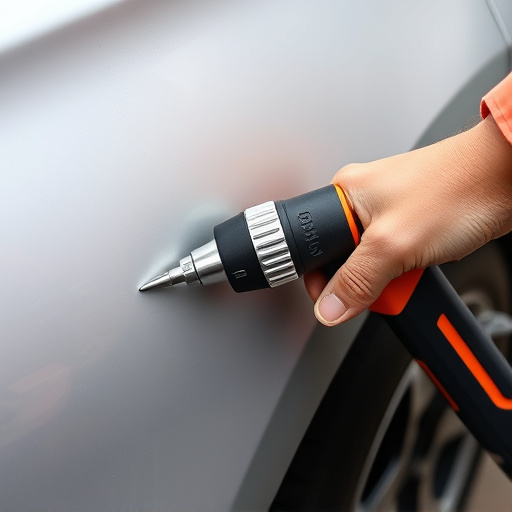
Measuring success in customer repair education is a multifaceted process that goes beyond simply imparting knowledge. Effective evaluation strategies are essential to ensure that learners not only grasp complex concepts but also apply them competently. This involves pre and post-training assessments, practical skill tests, and feedback mechanisms from both trainees and customers. By comparing performance metrics before and after the educational program, institutions can gauge the tangible improvements in repair techniques, problem-solving abilities, and customer satisfaction.
In the context of high-tech repairs, such as those involved in vehicle repair or car dent removal, evaluation should focus on precision, efficiency, and quality outcomes. For instance, a customer reporting a satisfactory dent removal job with minimal scrapes indicates successful education that has equipped technicians with the skills to deliver excellent service. These evaluations not only reflect on the training program’s effectiveness but also contribute to ongoing improvements, ensuring that customer repair education keeps pace with technological advancements in the industry.
Customer repair education is a vital component in ensuring successful outcomes for complex or high-tech repairs. By understanding customer needs, designing effective education programs tailored to these issues, and employing robust evaluation strategies, businesses can significantly enhance client satisfaction and retention. Investing in customer repair education ultimately fosters a more efficient, reliable, and responsive service ecosystem.







